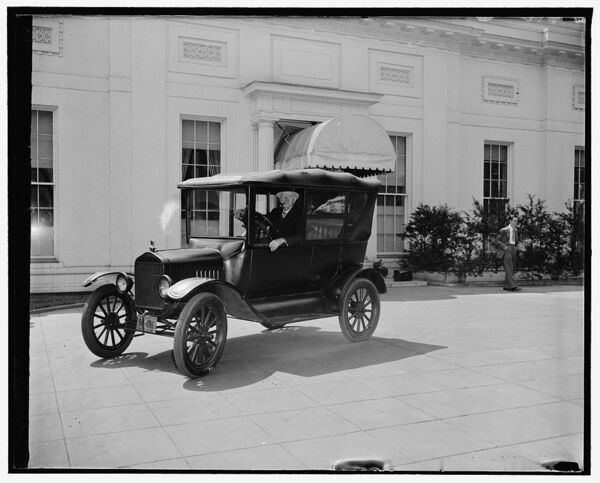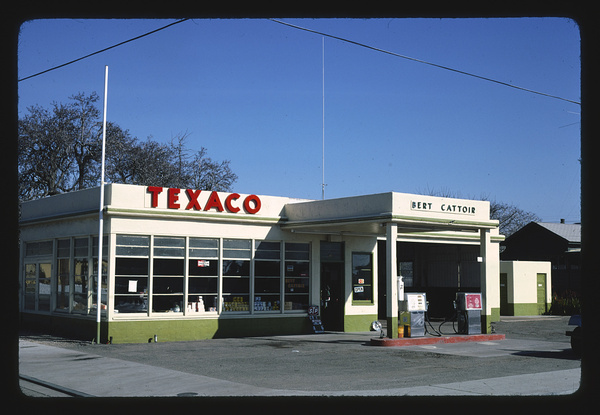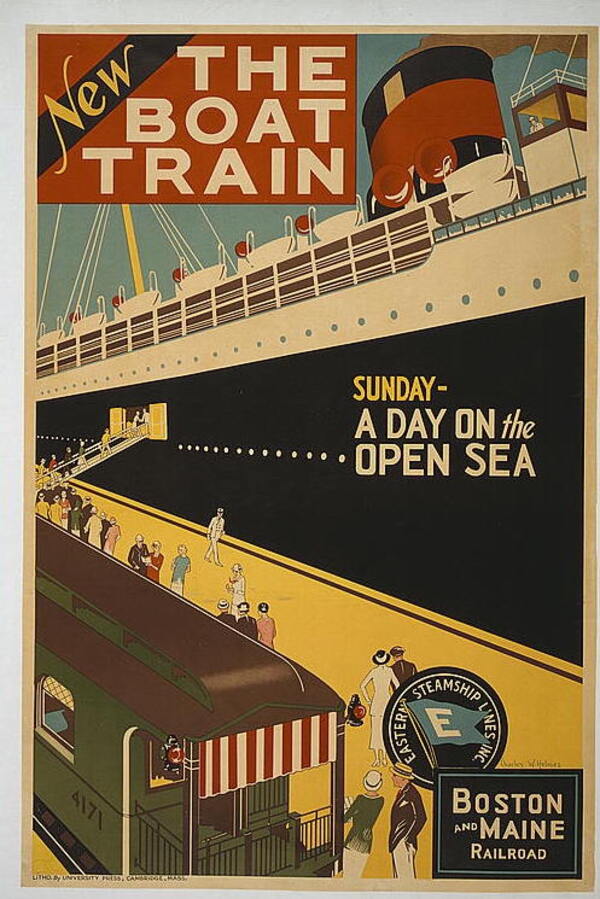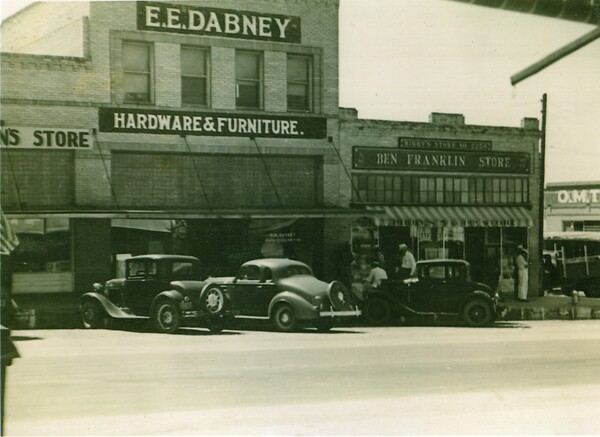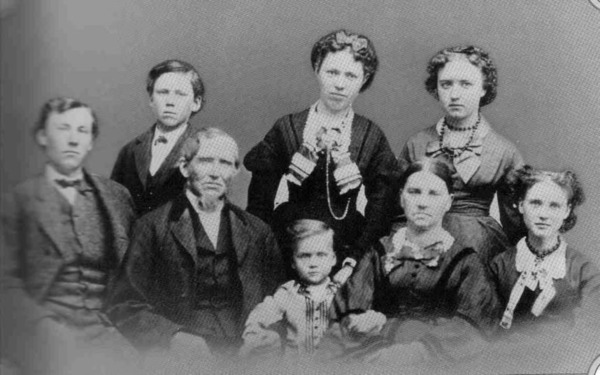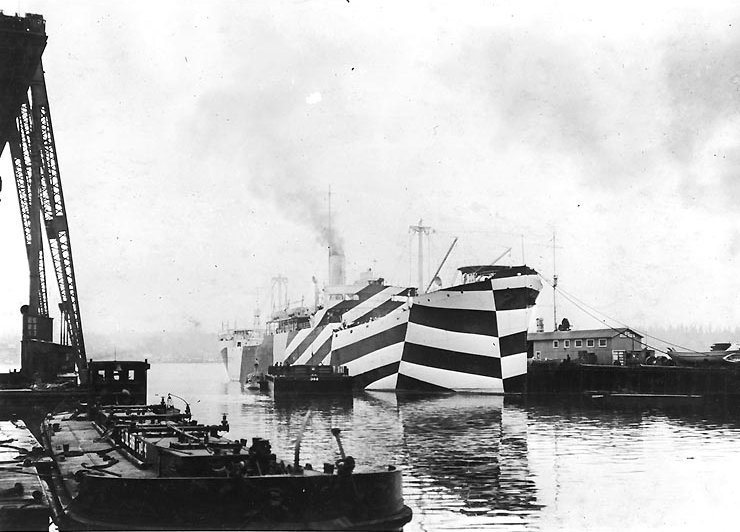
From 1917-1920, the British and U.S. Navies quickly adopted and applied a form of ship camouflage called "Dazzle Camouflage". The photo above shows the USS West Mahomet in dazzle camouflage in November, 1918. Here's the story of how it all came to be.
A New Idea: Confusion Rather than Concealment
In 1909, an American artist named Abbot Handerson Thayer wrote a controversial book titled Concealing-Coloration in the Animal Kingdom, which focused on how animals use various color combinations to make it hard for prey to estimate their precise location or direction. A few years later in 1914, British zoologist John Graham Kerr proposed using a principle of "disruptive camouflage" British warships in the increasingly sea-based battles that were happening leading up to WWI. In a letter to Winston Churchill, Kerr stated the goal was to confuse (not conceal) the ship in a style similar to a zebra. Thayer followed this up with his own letter to Churchill in 1915.Norman Wilkinson of the Royal Navy got wind of the idea and adapted it to a contrasting series of white and black stripes, as seen below. The effect he was going for was to prevent the enemy from being able to identify the precise location or heading of the vessel.
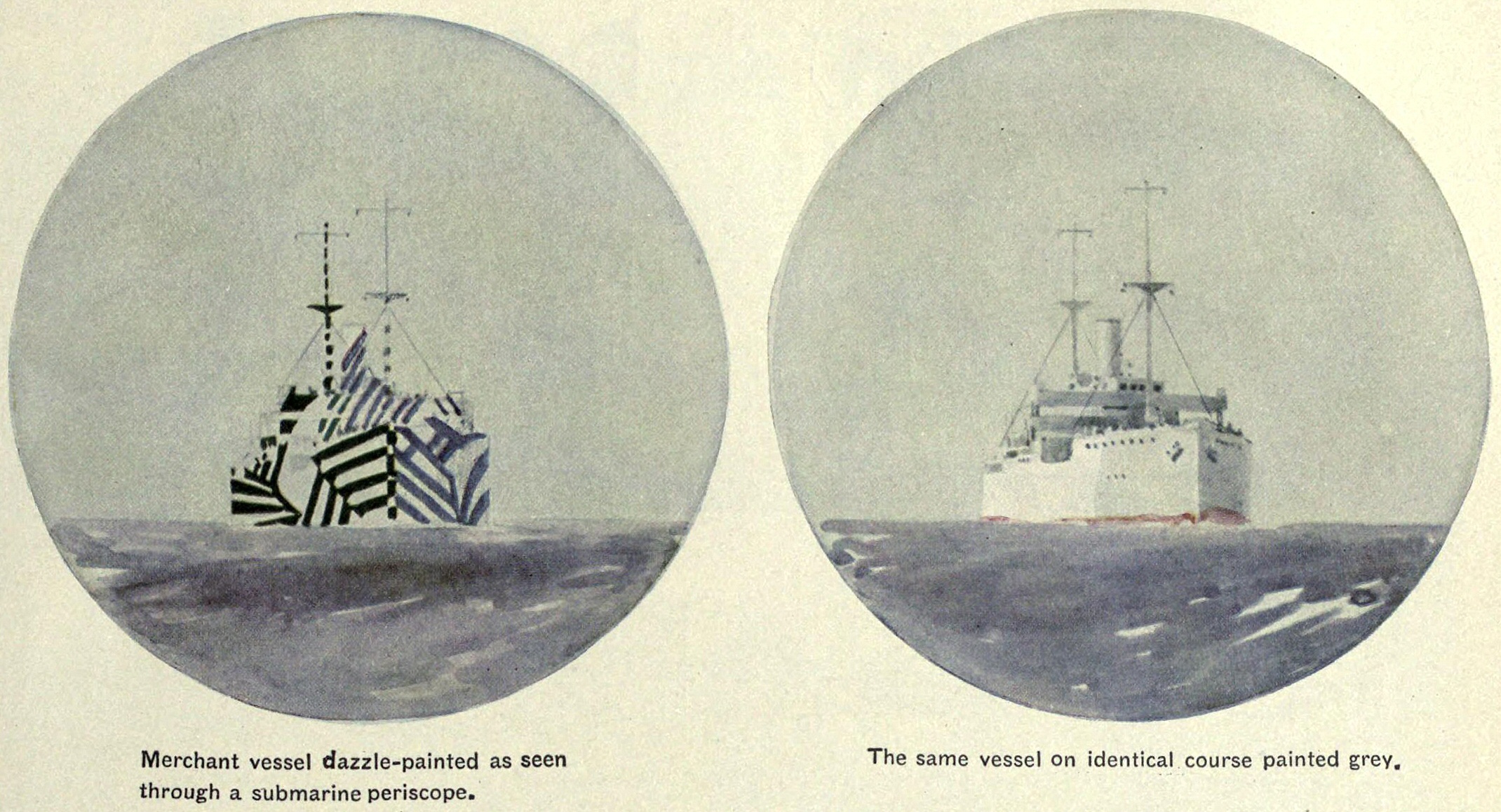
By 1917, the Admiralty had accepted Wilkinson's idea as gospel and proceeded to paint nearly 1,000 war and transport ships in various Dazzle designs. Artists and architects from London's Royal Academy of Arts were used to make the initial designs and then engineers scaled them up to match the needs of each ship.
Dazzle Camouflage in Action: British and U.S. Naval Ships
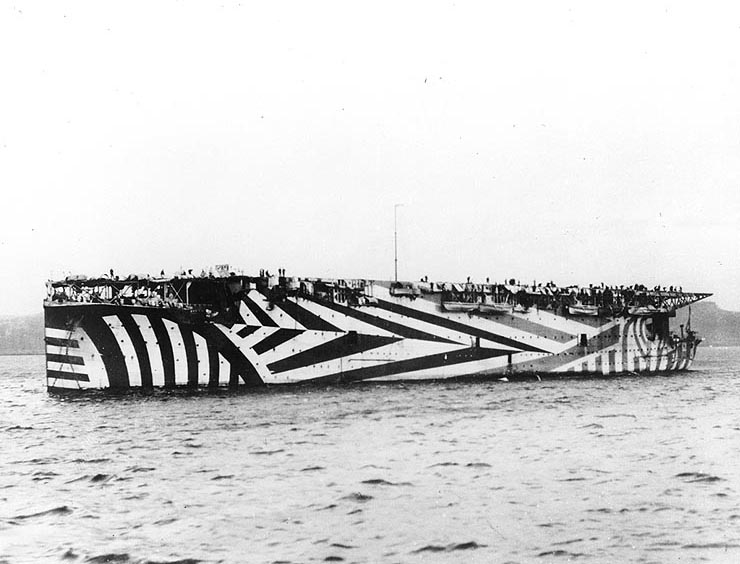
Here is a great picture of the HMS Argus in 1918. The Argus was an instrumental aircraft carrier with a relatively flat structural design, so the Dazzle was thought to be especially effective due to the lack of surface structures.
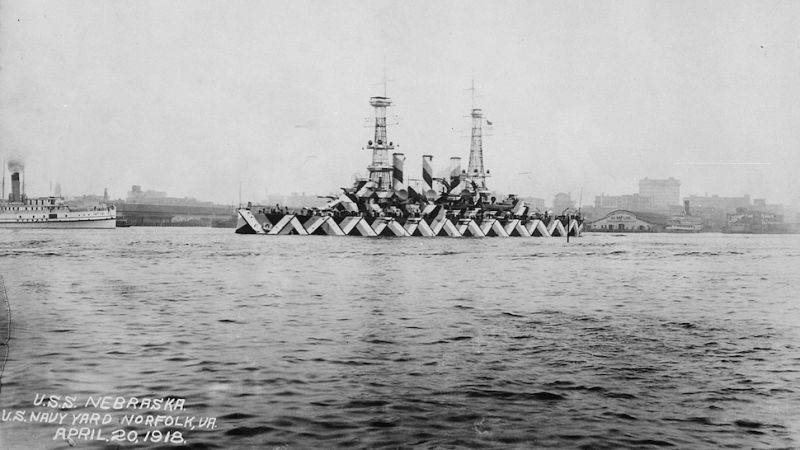
The US Navy quickly took note of the movement within the British Navy, so they also moved to incorporate their own Dazzle designs on many of their battle and transport ships. Here you see the USS Nebraska in Norfolk, Virginia on April 20, 1918.
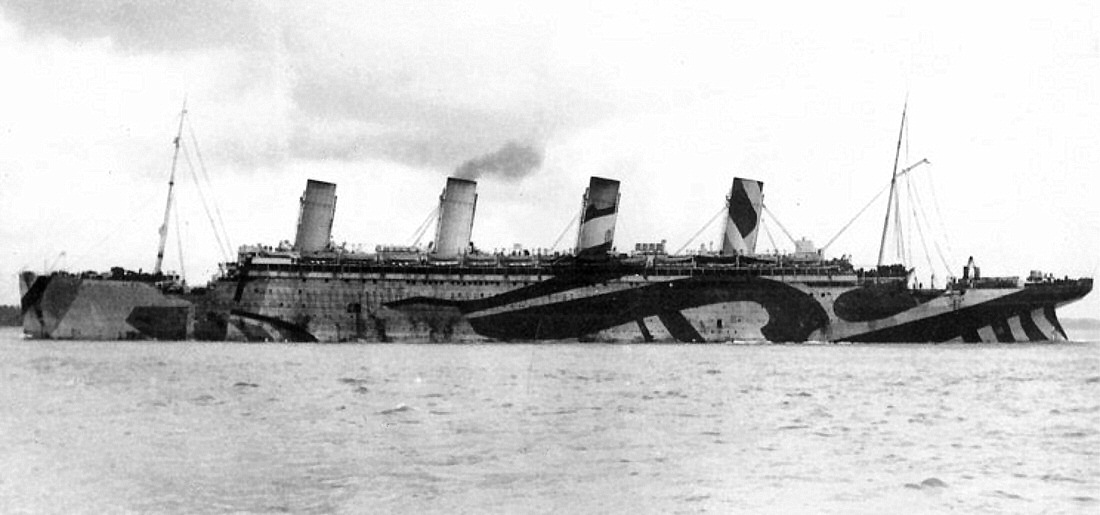
The transatlantic Olympic-class ocean liner RMS Olympic, the brother of the Titanic and Britannic, was used as a troop ship from 1915-1919. It was nicknamed "Old Reliable" as it would carry over 200,000 troops to and from the fighting fronts during WWI. This image shows the high degree of variability in designs.
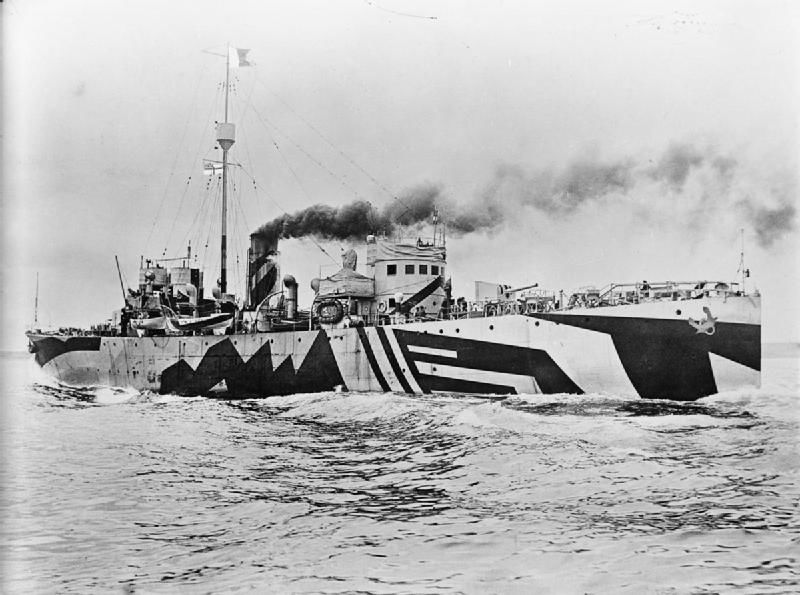
Some of the more dramatic designs were employed on the tactical warships like the HMS Rocksand, a minesweeping sloop of the Royal Navy used between 1918 and 1922. The primary goal of this design was to confuse the enemy as to which end of the ship was the hull.
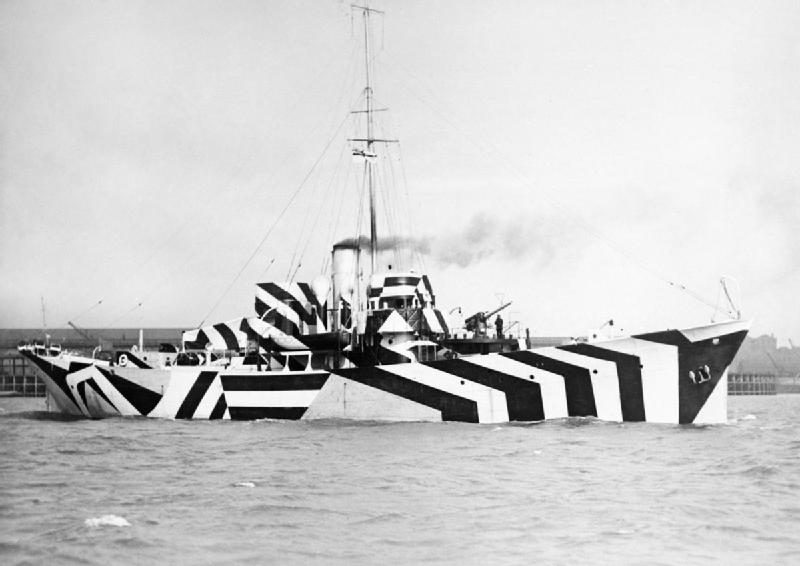
HMS Kildangan (1918)
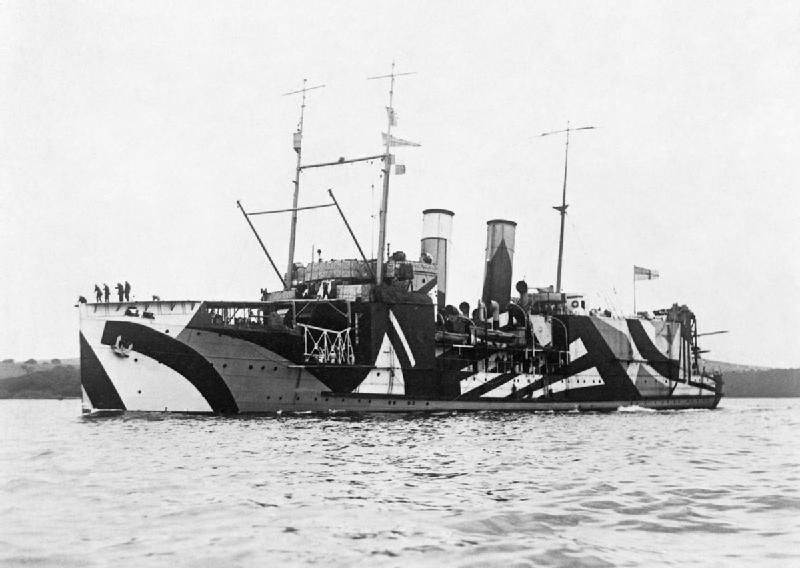
HMS Pegasus (1917)
Dazzle in Art
In addition to being employed in war and merchant ship design, the Dazzle movement greatly influenced art.
Edward Wadsworth painted this amazing depiction called Dazzle-ships in Drydock at Liverpool in 1919.
Dazzle in WWII
While the data on the effectiveness of Dazzle was unconvincing from WWI, some elements of the concept were used in ships during WWII. Here are two examples: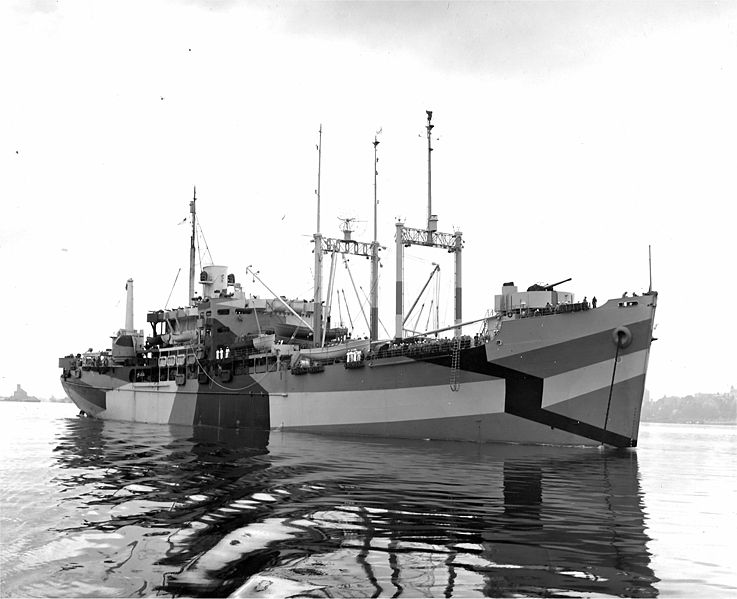
USS St. George (1944)
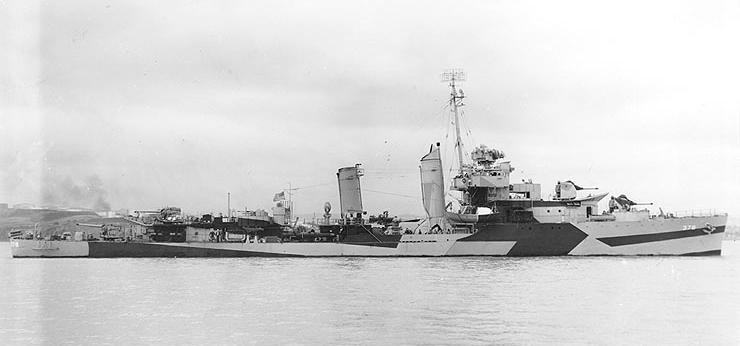
USS Smith (1944)
